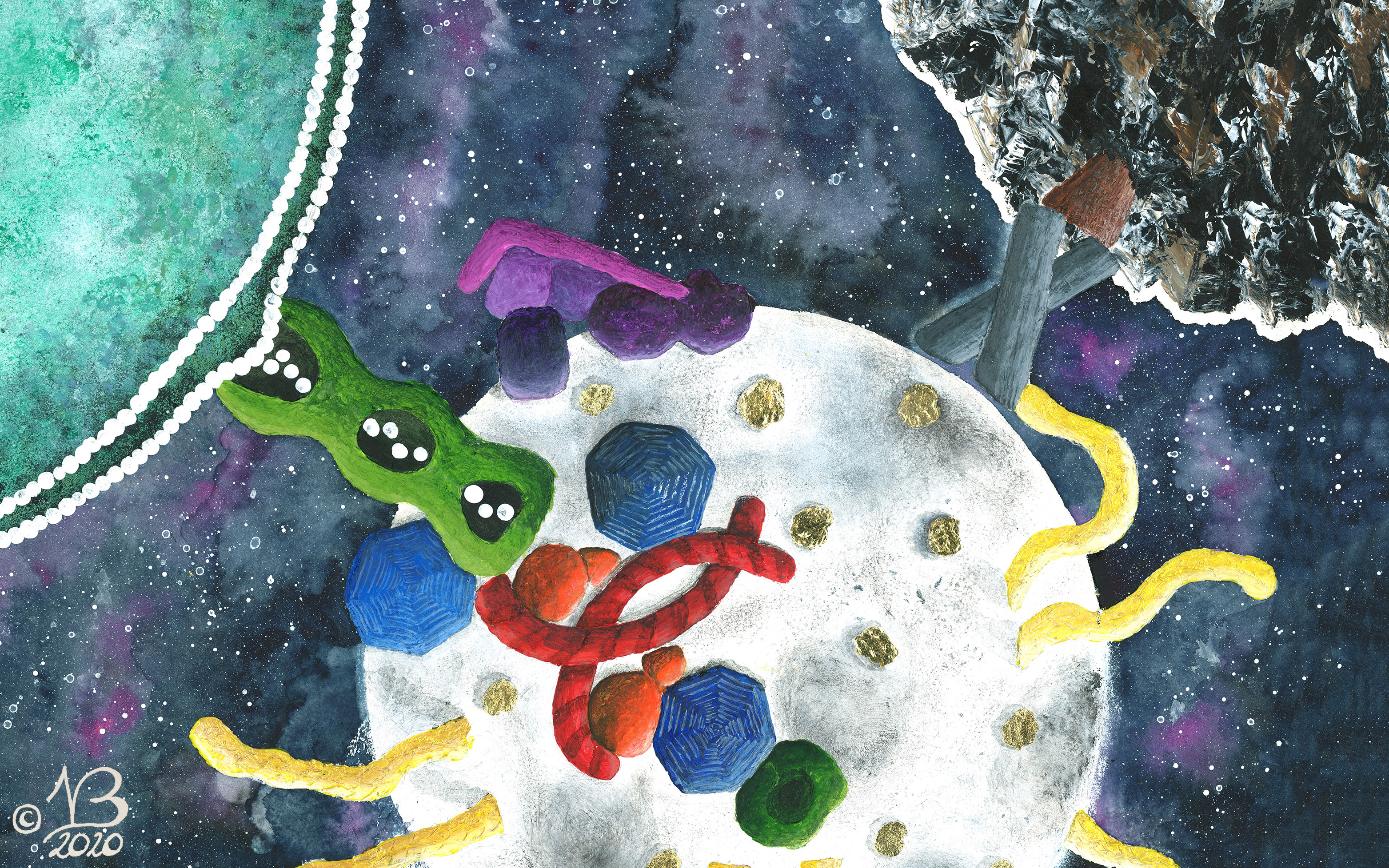Healthy cells, fit brain
Hoping that we can soon forget about Alzheimer’s
20. January 2022
by
Hanna Möller,
Bernadette Ralser
A 'waste collection' tidies up our cells. If something does not go according to plan, serious diseases such as Alzheimer's or Parkinson's may develop. Molecular biologist Sascha Martens and his team investigate the associated process – autophagy.
Read now
